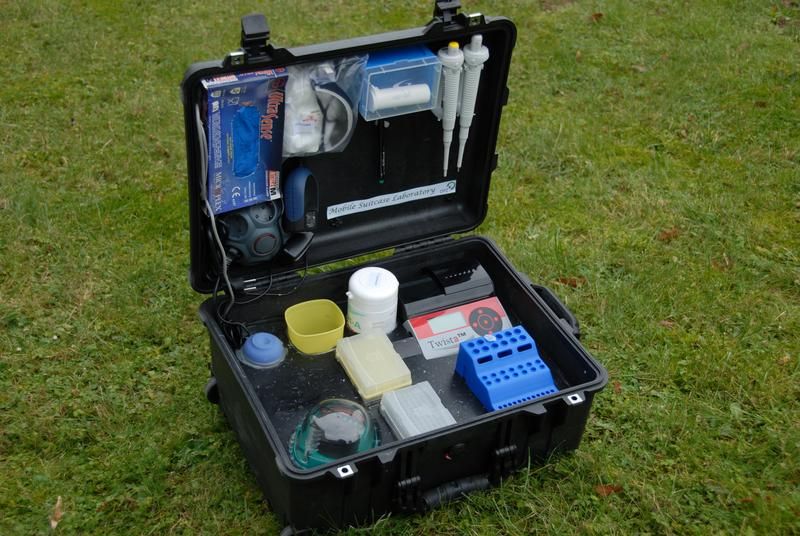Scientists Find New Way to Up Safety Factor of Stem Cell Therapy by Causing Contaminated Cells to Purge Themselves
pluripotent stem cells show great potential in treating various debilitating diseases, but at a risk: during the process of reprogramming the cells so they will grow (differentiate) into the desired tissue, some of their DNA may be damaged causing them to develop into tumors. Researchers have been scrambling to find a way to overcome this huge drawback to an otherwise highly promising therapeutic candidate.
Now, researchers at the Mayo Clinic, Rochester, Minn., think they might have found an answer. Reporting in STEM CELLS Translational Medicine, they detail a low-cost, highly-effective way to detect and then purge at-risk cells during an early stage in the differentiation process.
“Strategies to improve the safety of stem cell therapy have generally focused on separating or depleting damaged cells after the cells have differentiated. However, while this method was able to diminish the number of tumors formed as well as significantly reduce their size, the technical burdens and cost of specialized reagents and equipment needed to do so remain a challenge for widespread clinical applications,” says lead investigator Timothy J. Nelson, M.D., Ph.D. He directs the cell biology group within the clinic’s Regenerative Strategies team.
Instead, the Mayo team turned to a relatively simple protocol that involves pre-treating cultured stem cells with a genotoxin — an agent that sniffs out gene mutations or chromosomes changes in contaminated cells and kills them — after first priming the cells through the up-regulation of Puma protein, which can be activated to send a series of signals leading to cell suicide. They tested their theory using stem cells taken from a mouse model.
The results showed that not only did the contaminated cells die off, “At the same time, it didn’t affect the remaining healthy cells’ capability to differentiate nor did it have any negative consequence on their genomic stability,” Nelson says. “And it worked on stem cells derived from both natural and bioengineered sources.
“This novel strategy, based on innate mechanisms of pluripotent stem cells, is primed for high-throughput and cost-effective clinical translation.”
“The potential for tumor formation has been a significant drawback to therapeutic use of certain cell populations,” said Anthony Atala, M.D., Editor of STEM CELLS Translational Medicine and director of the Wake Forest Institute for Regenerative Medicine. “The strategy outlined in this manuscript shows promise for avoiding the risk of uncontrolled cell growth upon transplantation.”
Original publication
“Apoptotic susceptibility to DNA damage of pluripotent stem cells facilitates pharmacologic purging of teratoma risk.”; STEM CELLS Translational Medicine.
Original publication
“Apoptotic susceptibility to DNA damage of pluripotent stem cells facilitates pharmacologic purging of teratoma risk.”; STEM CELLS Translational Medicine.
Organizations
Other news from the department science

Get the life science industry in your inbox
By submitting this form you agree that LUMITOS AG will send you the newsletter(s) selected above by email. Your data will not be passed on to third parties. Your data will be stored and processed in accordance with our data protection regulations. LUMITOS may contact you by email for the purpose of advertising or market and opinion surveys. You can revoke your consent at any time without giving reasons to LUMITOS AG, Ernst-Augustin-Str. 2, 12489 Berlin, Germany or by e-mail at revoke@lumitos.com with effect for the future. In addition, each email contains a link to unsubscribe from the corresponding newsletter.
More news from our other portals
Last viewed contents
ERBI unveils new name and brand identity: One Nucleus
Diamond_willow
Infiltration_(medical)
Ferrer announces best-in-class results in phase I for Lorediplon in insomnia
Psychedelics,_dissociatives_and_deliriants
Category:Antitussives
Category:Pyrazolopyrimidines
Category:Septoria
Acne_vulgaris





















































